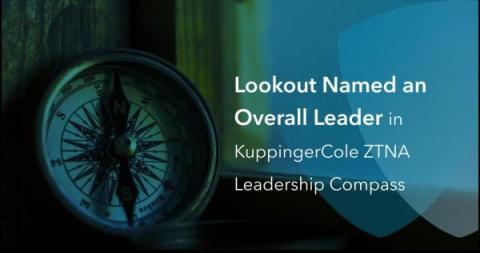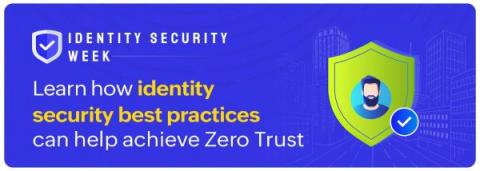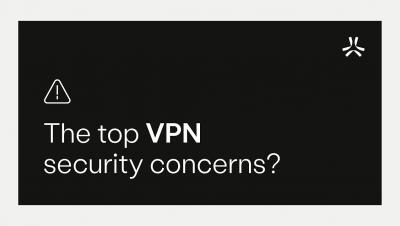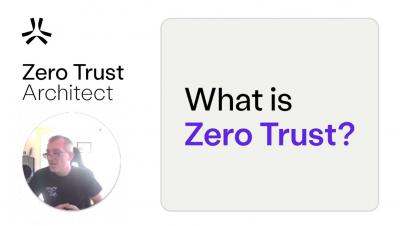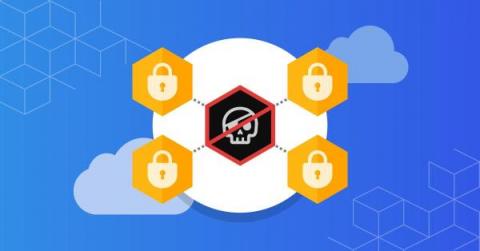On The Road to Zero Trust Maturity? Take the Quiz!
Every single blog you read on cybersecurity has at least one mention of the Zero Trust approach to cybersecurity (even this one 😊). Alas, don’t consider that Zero Trust is yet another hyped word that will soon vanish into thin air. Zero Trust, originally dubbed more than a decade ago, came up as a necessity to defend systems, networks, data and people against the increasing sophistication of attackers that rendered implicit trust a vulnerability.



